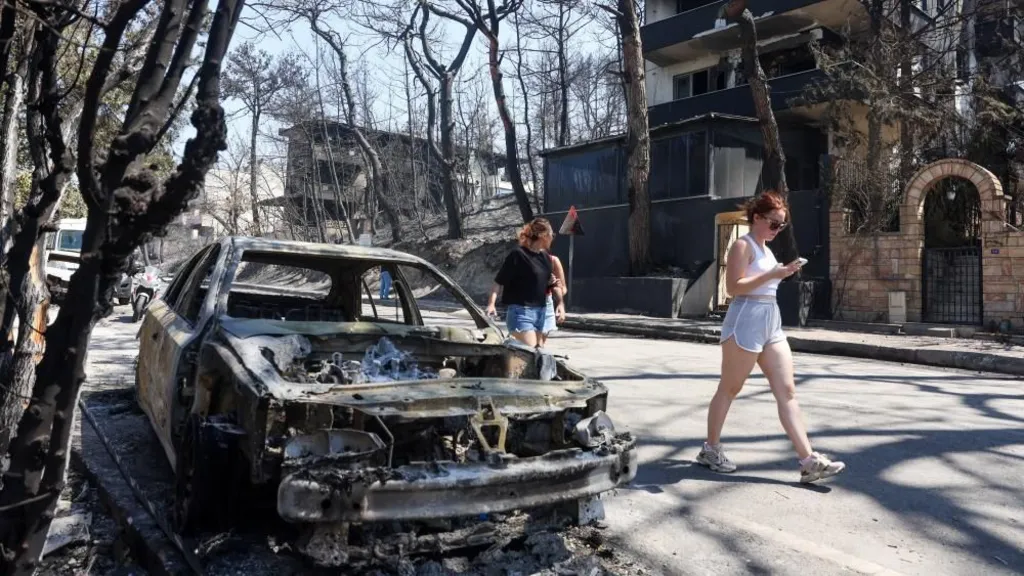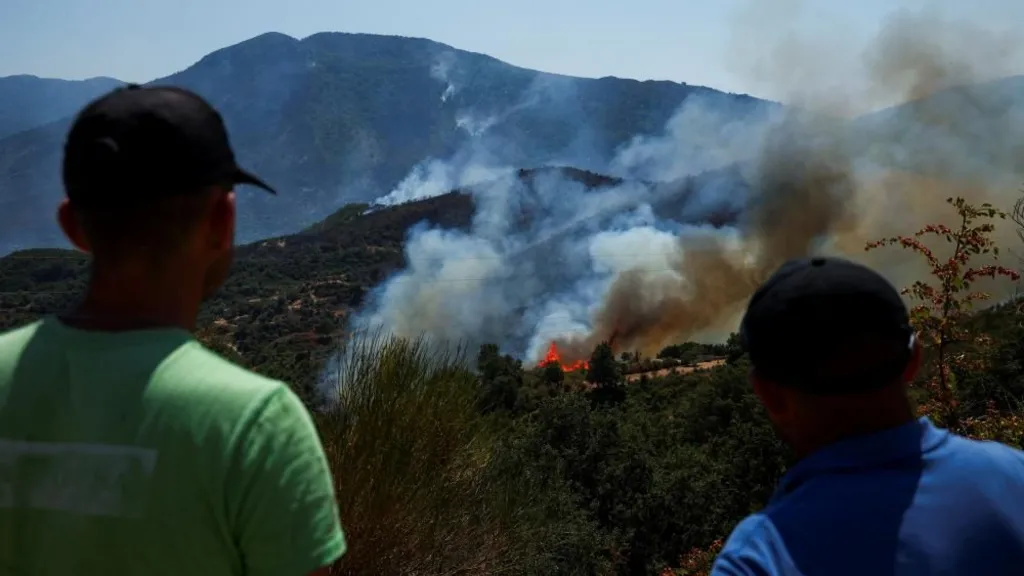It’s the kind of summer that makes you ask—how hot is too hot?
Across southern Europe, a blistering heatwave is fanning dozens of wildfires, forcing thousands from their homes and pushing thermometers beyond 40°C (104°F).
Red heat alerts are flashing in Italy, France, Spain, Portugal, and the Balkans.
In Spain, flames driven by 70 km/h winds tore through Tres Cantos near Madrid, killing an equestrian centre worker and forcing hundreds to flee.
An Alarming Situation?
“We are at extreme risk of forest fires. Please be very cautious,” warned Spanish Prime Minister Pedro Sanchez.
Almost 4,000 people were evacuated in Castile and Leon, with blazes threatening the Unesco-listed Las Médulas.
Portugal’s firefighters, backed by Moroccan aircraft, are battling major blazes—some regions bracing for highs of 44°C with nights offering little relief.
Italy mourns the deaths of two children from suspected heatstroke, as 16 cities sit under red alerts.
France has nearly three-quarters of the country on heat watch.

Greece? Over 100 wildfires, with tourists evacuated from beaches.
Turkey, Montenegro, Albania, Croatia—each fighting their own infernos.
Even the UK isn’t spared, sweating through its fourth heatwave this year.
Scientists say this isn’t a fluke—it’s climate change making Mediterranean summers hotter, drier, and deadlier.
The question now isn’t whether the heat will return. It’s—will we be ready when it does?





